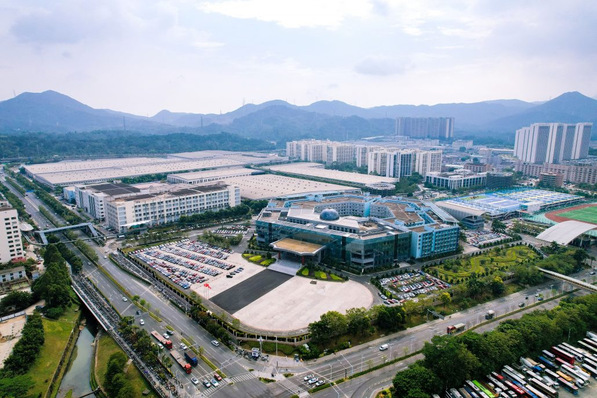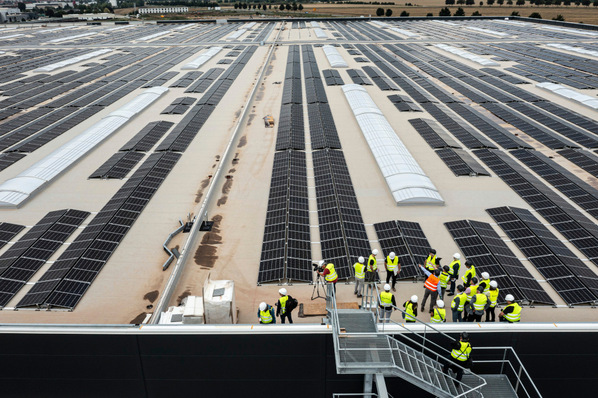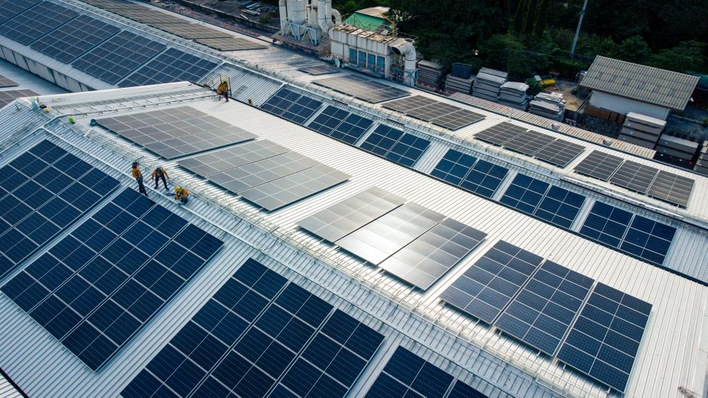The Architects’ Council of Europe (ACE) supports the European Commission’s plan for a more sustainable architecture and construction industry. It expressly supports the approach of the New European Bauhaus, which was presented as part of the EU decarbonization strategy. „The renovation wave is not just an environmental or economic project: it needs to be a new cultural project for Europe,“ said Georg Pendl, president of the ACE. „This can be the start of a game-changing policy, as renovation isn’t seen as a technical issue only, but promotes a holistic approach, not only including the quality of the design, but putting it at the core.“
New architecture and materials
On the one hand, the interdisciplinary project of the New European Bauhaus is to become a network of planners, architects, companies, students and citizens who are committed to sustainability in architecture. But it should also be an accelerator for socially and aesthetically promising green and digital solutions, technologies and products. „It will foster innovative solutions in terms of architecture and materials,“ the EU Commission writes in its strategy.
See also: BIPV key contributor to the decarbonisation of building stock
Among other things, this involves the use of natural building materials – the EU Commission cites wood as the building material of the future. With a view to embedding it into the decarbonization strategy, however, it is also important to activate the building envelope.
Holistic approach to more sustainability in architecture
ACE sees this approach as a door opener to a more holistic approach to our built environment, seeking to enhance, at the same time, economic, social, environmental and cultural values as it emphasizes in its declaration. „The holistic thinking and cultural approach that underpin the New European Bauhaus initiative must lie at the heart of the Renovation Wave strategy and inspire all its measures to raise the full potential of the strategy and achieve a ‚quality renovation wave‘, making a difference in people’s minds and quality of life, and achieving Europe’s climate neutrality objective.“
Enabling exchange across different disciplines
This approach is needed at all spatial scales, whatever the size of the project – from landscape architecture to town planning, neighbourhood development, infrastructure, buildings and interior architecture and design, emphasize the association. „We very much welcome the ambition of the European Commission to facilitate exchanges across disciplines, as we share the view that it is the best way to track creativity and innovation“, they write in their statement.
Active support announced
They want to actively support the initiative, either by acting as an information platform that reaches a large audience through their member organizations, or in the education and training of architects, urban and building planners. They can also support the creation of a collection of best practice examples and provide a centre of knowledge and expertise to help the European Commission to further design the initiative and ensure that its process delivers the desired outcomes. They can also bring on board the authorities and decision-makers with whom they are in regular contact in their daily work at all levels of government. (su/mfo)







